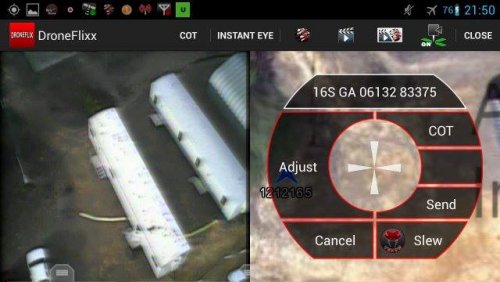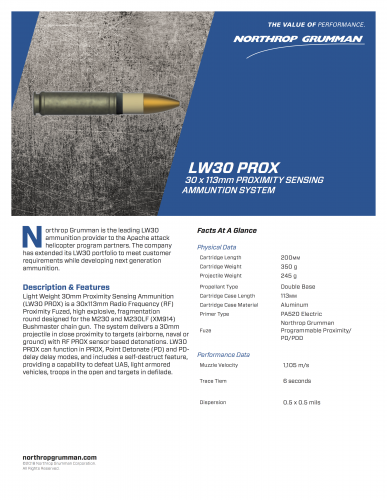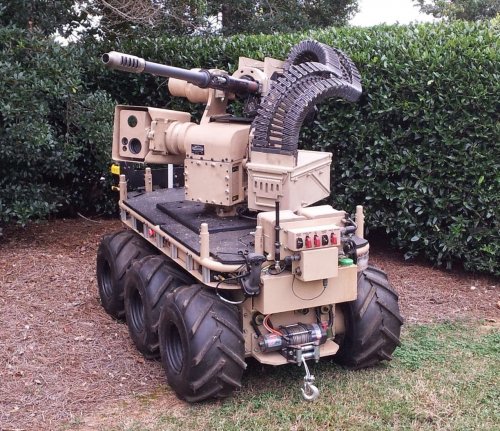- Joined
- 26 January 2011
- Messages
- 2,226
- Reaction score
- 641
sferrin said:Kadija_Man said:Tell me, do you like the idea of people lobbing missiles hither and yon with fully considering the consequences of doing so?
Do you like the idea of an adversary being able to hit you within minutes of deciding to do so and not being able to respond in kind?
All depends. Your ability to hit the other side "in minutes" will not deter them from firing their missiles at you, first, if they have decided to. What will deter them is that you can hit their territory. Does it matter that it takes a few hours, rather than a few minutes? Nope, they still have to consider the potential damage that will occur to their territory, how many civilians will die, be irradiated, how many buildings will be destroy, etc. All you've done is reduce the response time, nothing more. Your leadership has not considered whether your response is appropriate or not. That is the problem with modern warfare, it becomes faster and faster and there is less time for consideration.
Reagan didn't consider the ramifications of nuclear war - all out nuclear war - until he had seen "The Day After" in 1983. I find it incredible that it took that long for a man who was your President to think about the consequences of nuclear war when he commanded the largest, deadliest, most destructive force mankind has ever known. If find it incredible that you think that your forces will only be used in "response" when evidence has suggested the reverse is just as likely. Particularly with someone like the present President in command.




